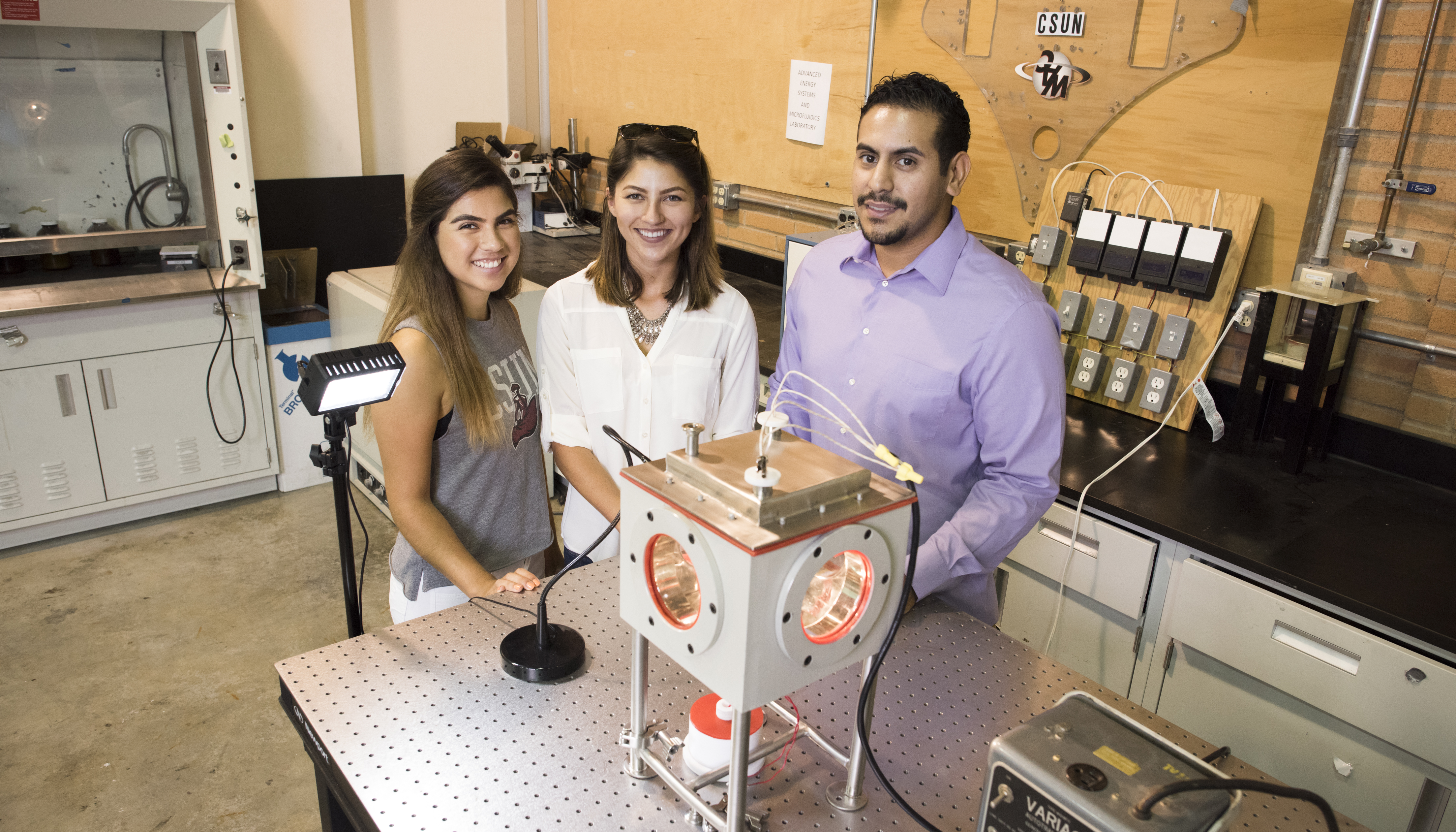THE CHALLENGE
STEM education matters. We, as a society, must encourage, kids from all different backgrounds, to consider STEM careers earlier in their education tenure and provide the necessary pathways to ensure completion and entry into such fields. We must also change how we talk to kids and youth about STEM careers, saying a good paying job and career or we need you to pursue this career is simply not enough. Dr. Judith Harackiewicz, professor of psychology at the University of Wisconsin and her colleagues have ran numerous experiment utilizing what they call the utility-value intervention. In these experiments students wrote monthly essays summarizing recent course content or considering how that content was useful in their own lives. It was through this self-generation exercise that sparked kids continued interest in STEM and its importance as well as their own confidence.
This asset-based mindset exercise allowed for youth to explore and express to themselves why STEM is important and as a result build their own confidence. They also coached parents to try the technique with their own child. The intervention increased math and science course taking and those children were more likely to pursue stem careers.
According the Bureau of Labor Statistics, STEM jobs are projected to grow to over 9 million between 2012 and 2022. That’s an increase of about 1 million jobs over 2012 employment levels. Today 80% of the fastest growing occupations in the United States depend on mastery of mathematics and knowledge and skills in hard sciences; as a result, our kids are not always equipped to satisfy this great need but in each of them relies the great potential to be our nations next generation of scientists, technologists, engineers, and mathematicians. In the 2015 PISA assessment, the United States ranked 19th in science, and 31st in mathematics out of 35 OECD countries.
Furthermore, 75% of all colleges’ students are women and students of color, but they represent 45% of STEM degree earned each year. 99% of STEM high school graduates enroll in college within one year of high school while 79% complete college within four years.
More than ever, there is a need to create a more inclusive STEM field now and in the future; it starts with encouraging all of our nation’s children today for tomorrow.

WHY IT MATTERS
There is untapped talent in our nation’s children especially amongst poorer, under-resourced as well as underestimated communities. We must inform all kids that STEM is where jobs lie now and in the future utilizing creative approaches. Workers who hold STEM degrees are less likely to experience joblessness and usually command higher wages. Currently, for example, software engineers face a 3.6 percent unemployment rate compared to the current unemployment rate of 7.3 percent. People who hold STEM degrees usually command higher salaries, average is about 29 percent more than non- STEM careers. It is about our nation’s competitiveness. But also giving all kids an opportunity to further improve the way we live, work, and play through future invention and innovation, thus, creating more inclusion in STEM fields which is good for the triple bottom line: socially, environmentally (or ecologically), and financially for our society.
I come across people who are doing the work in terms of strategy as well as tactics to address the disparities that we continue to see in the STEM fields especially in under-resourced communities. Yet, we must continue to continuously support these efforts in such communities to ensure together we narrow the gap between socio-economic status, race, gender, and ethnicity to further propel kids to choose and compete equitably for STEM occupational opportunities in the future and while ultimately ensuring our nation has the inclusive talent to stay competitive.
WHAT WE CAN DO
In order for change this narrative, there are some things we can all do every day. Continue to encourage schools and youth development providers to implement interdisciplinary project-based learning for kids and youth. Encourage the business community to work collaboratively with education institutions to provide real-world learning through internships and mentors, create more opportunities during high school year’s year for college instruction in STEM, and equip our teacher with skills to work in specific STEM disciples like what The UTeach Institute, for example, is currently undertaking.
Let us come from and continue to develop asset- based perspectives and approaches as we encourage kids and youth to pursue STEM and work collaboratively to do so.
STEM education matters because our nation ultimately benefits. Together, let us work to create more of these opportunities for our nation’s children.


